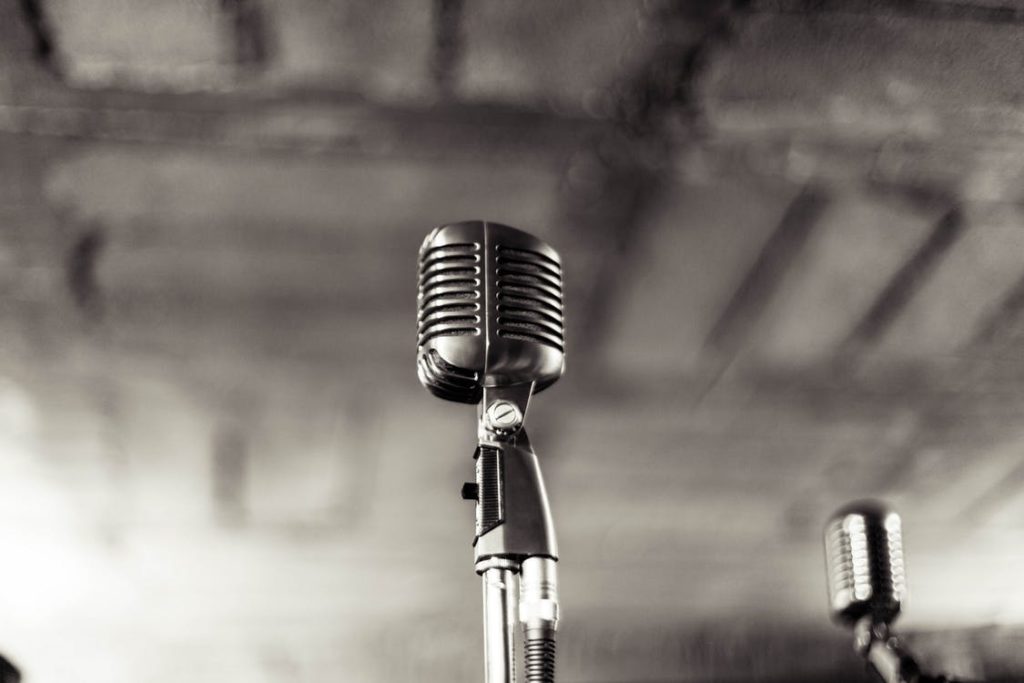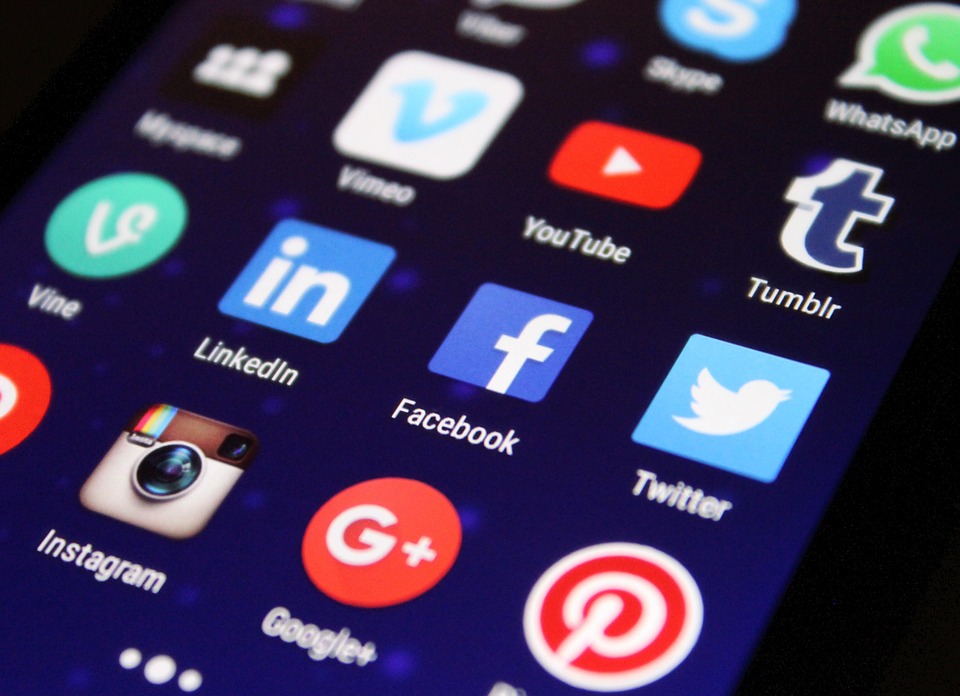When most people think of horror photography, they probably imagine gory photographs of dismembered body parts. While those are certainly part of the genre, the possibilities are endless. You don’t have to be a professional photographer to get great shots. All you need is a bit of creativity and the desire to take some creepy pictures.
A good horror photograph might seem like a contradiction in terms. After all, most people consider horror movies full of jump scares, gore, and a general sense of discomfort. Horror photographers, however, try to incorporate these elements into their work without making it too gruesome. They want to take a more subtle approach to horror photography, allowing the viewer’s imagination to play a huge role in the experience.
Here are three tips to help you capture a killer shot when taking photos of horror.
1. Study The Subject
If you’re going to shoot a picture of a scary scene, you should make sure you know what you’re dealing with. Look at the room in detail before choosing a place to set up your camera. Take note of any details that might give you an idea of what to expect. For example, if you see a window, you’ll know that someone will soon be coming through it.
Even though you could stand outside and snap a picture of the inside of a house, you won’t get as much information as you would from being on the inside. If the location is dark, you may want to bring along a flash to avoid missing anything.
2. Watch Your Background
It’s easy to let your eyes drift away from the subject and focus on the background. This is especially true if you’re trying to capture a particularly spooky scene or someone who looks like they’ve seen a ghost.
One of the best ways to avoid this is to use a tripod. This way, you can stay perfectly still while taking your photo. Even if the background isn’t exactly ideal, you don’t have to worry about moving around too much.
3. Experiment With Different Camera Angles
While it’s true that horror photography often focuses on the subject, there is more than one way to capture a shot of a person or object. If you’re looking for an exciting perspective, consider experimenting with different angles.
Horror photography doesn’t have to be limited to the traditional shots that we’re used to seeing in movies. For example, if you’re shooting a portrait of a character who is standing in front of the camera, try capturing them with the lens pointing down towards their feet. This will make the subject look like they’re floating in midair. Today horror photographers like Cory DeAn Cowley use real blood and other natural substances to create highly stylized photos. By using blood, fluids, and raw animal parts, Cowley has been able to solidify her presence as one of the most influential horror personalities. Her work is recognized in the horror community as intense, realistic, and brutal to the stomach. Apart from her magnificent work as an artist, she also played “Queenie,” a cannibal in “The Virginia Bitches.”
Use of Blood In Horror Photography
There is a long history of using human blood in artwork, dating back to ancient Greece. Some of the earliest examples date back to the fifth century BC and were made by Greek sculptors. These pieces featured scenes of death and destruction, including soldiers with their limbs severed and men screaming in pain. The Greeks started using actual human blood in their artworks after discovering that animal blood was insufficient to create vivid colors. It wasn’t until the Romans began to imitate the techniques of the Greeks that the use of blood became widespread. In fact, during the Roman Empire, it became commonplace to decorate walls with paintings of bloody battles.
During the Renaissance, artists such as Leonardo da Vinci and Michelangelo started to experiment with blood. They experimented with portraits that included realistic depictions of violence, including slices across the face and gaping wounds. Da Vinci has painted portraits that incorporate the artist himself, his wife, and even his dog. His most famous piece, The Mona Lisa, includes a small wound that runs straight through her right eye.
Blood in modern-day horror photography has become more common over time. It gives the images authenticity and realism that can sometimes be lacking in computer-generated imagery (CGI). Many filmmakers now use actual blood rather than CGI because it adds an extra level of immersion to the audience. Today, many horror photographers incorporate the use of blood into their work. This helps them tell stories that are grounded in reality.
Final Words
Whether you’re interested in horror photography for fun or you want to turn it into a career, there are plenty of opportunities out there. If you love taking pictures of creepy things, you may want to consider turning your hobby into a moneymaking venture. Start by doing some research online. Thousands of horror photography websites feature both professional and amateur photographers. You can also find inspiration from social media sites such as Instagram, creating collages and posting them there.
The key to success, however, is practice. Take lots of photos and experiment with different styles. If you want to get better at your craft, consider attending photography courses. Alternatively, you may want to enroll in a college or university course specializing in horror. In the end, whether you decide to go it alone or start offering your services to clients, you can rest assured that there will always be a market for horror photographs.





